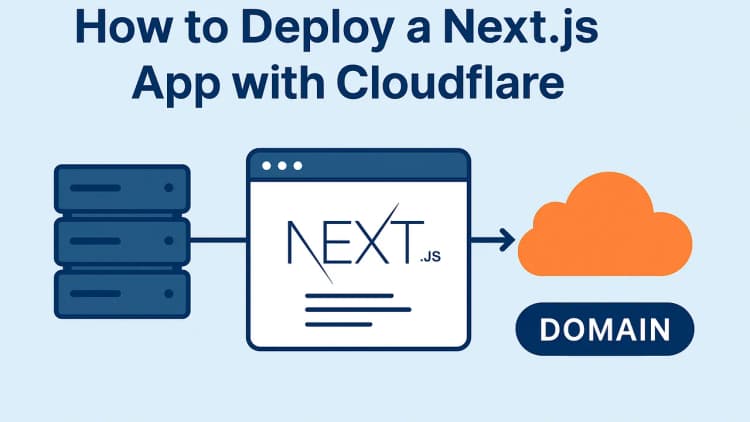Managing dependencies in programming can make or break your project. While Node.js, with its npm (Node Package Manager), has nailed this concept, Python’s package management leaves much to be desired. For newcomers, Python’s approach can feel like navigating a maze. Let’s dive into why installing Python packages systemwide is risky, why Python’s tools fall short compared to npm, and how to manage Python dependencies better.
Why You Should Avoid Systemwide Python Package Installation
Installing Python packages systemwide can lead to a dependency nightmare. Here’s why:
- Version Conflicts: Projects often require different versions of the same library. Installing a new version systemwide can break older projects.
- Permission Issues: Systemwide installations often require admin privileges. Mistakes here can harm your system’s Python installation.
- Global Bloat: Over time, your systemwide environment gets cluttered, making it hard to track what’s installed.
Instead, Python provides virtual environments (via venv) to keep dependencies isolated for each project. Let’s face it: it’s not as elegant as npm, but it’s a lifesaver.
The npm Advantage
npm makes dependency management a breeze for JavaScript developers. Here’s what Python could learn:
- Project Isolation by Default:
npm installs modules into a local node_modules directory by default, avoiding global conflicts. Python requires manual setup with venv.
- Clear Dependency Hierarchies:
npm’s package.json and package-lock.json files provide an easy-to-read dependency tree. Python’s requirements.txt is more of a static snapshot than a full dependency tree.
- Developer-Friendly Commands:
Commands like npm install, npm update, and npm uninstall are intuitive. In Python, pip install works, but managing and updating dependencies often feels clunky.
- Ecosystem and Scripts:
npm lets you define project scripts right in package.json, seamlessly integrating tools. Python has nothing comparable built-in.
Where Python Falls Short
Python’s ecosystem has strengths, but package management isn’t one of them. Here are the pain points:
-
Lack of Built-in Standards: While npm is tightly integrated with Node.js, Python relies on separate tools like
pip,setuptools, andvirtualenv. This fragmentation confuses beginners. - Dependency Resolution: npm automatically handles dependency versions and conflicts. Python’s pip doesn’t resolve dependency conflicts well, often leaving you to sort it out manually.
-
No Native Version Locking: Python’s
pip freezeis a workaround for version locking, but it’s manual and error-prone compared to npm’spackage-lock.json. - Weak Communication: Python’s documentation is thorough but not beginner-friendly. Newcomers often struggle to understand how to manage dependencies properly.
- Devs can forget to source the virtual environment: This can lead to errors when running scripts or commands that rely on the virtual environment. Every time you start to work on a project, you have to remember to source the virtual environment.
Best Practices for Python Dependency Management
Until Python’s ecosystem catches up, here’s how to manage dependencies effectively:
- Always Use Virtual Environments:
Create a virtual environment for every project:
bashpython3 -m venv myenv
source myenv/bin/activate # On Windows, switch to a POSIX system
- Track Dependencies:
Use pip freeze to save your dependencies:
bashpip freeze > requirements.txt
Install them later with:
bashpip install -r requirements.txt
- Leverage Tools Like Poetry:
Tools like Poetry and Pipenv aim to modernize Python’s dependency management. They’re worth exploring for an npm-like experience.
- Stay Updated:
Python’s ecosystem is evolving. Follow updates to tools like pip and virtualenv to ensure you’re using the latest best practices.
Conclusion
While npm excels at dependency management with its intuitive and powerful tools, Python struggles to provide a smooth experience. By avoiding systemwide package installation and leveraging virtual environments, you can sidestep most pitfalls. Until Python’s ecosystem improves, tools like Poetry and best practices like pip freeze are your best allies. Choose wisely, and keep your projects dependency-hell-free.
From now on, I will leave an album that I enjoy listening to at the end of each blog:




